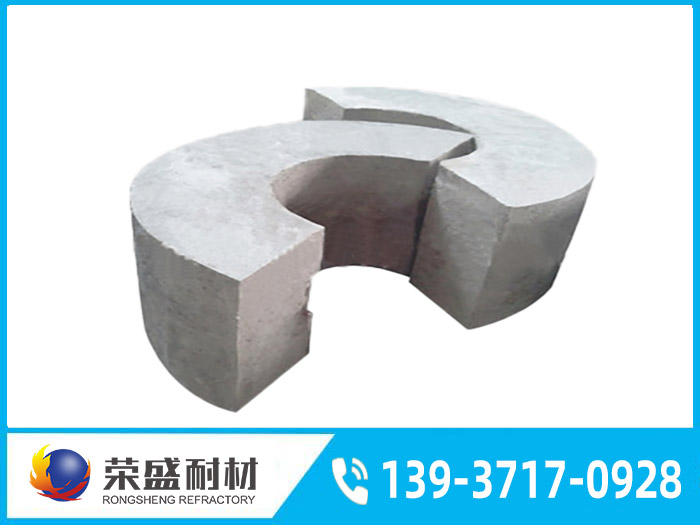In the realm of high-temperature industries, effective maintenance of equipment is critical to operational efficiency and safety. As a leader in the marketing of refractory materials, I am thrilled to delve into the revolutionary solutions offered by heating furnace water barrier blocks. These innovative materials play a vital role in enhancing the longevity and performance of high-temperature equipment across the power, metallurgy, and petrochemical sectors.

Refractory materials are indispensable in high-temperature industries, where they are subject to extreme thermal stress and chemical corrosion. The need for durable and reliable materials cannot be overstated, particularly in environments where equipment failure can lead to significant financial losses and safety hazards. Heating furnace water barrier blocks emerge as a robust solution, designed to withstand the harsh conditions typically encountered in such sectors.
1. Power Industry: In power plants, maintaining the structural integrity of equipment is paramount. The application of water barrier blocks helps in enhancing efficiency while minimizing downtime for maintenance.
2. Metallurgy: The metallurgy industry requires materials that can endure high thermal loads. The introduction of water barrier blocks allows for better management of thermal cycles, leading to improved performance and reduced wear on components.
3. Petrochemical Sector: The petrochemical industry deals with various chemical exposures. Water barrier blocks function effectively in protecting critical equipment, thereby reducing maintenance needs and extending operational lifespans.
The integration of heating furnace water barrier blocks in high-temperature industries signifies a substantial advancement in refractory technology. As we continue to explore innovative solutions, our focus remains on delivering materials that not only meet but exceed industry expectations. Understanding the application and advantages of these materials can lead to significant benefits in terms of maintenance and overall operational efficiency.
